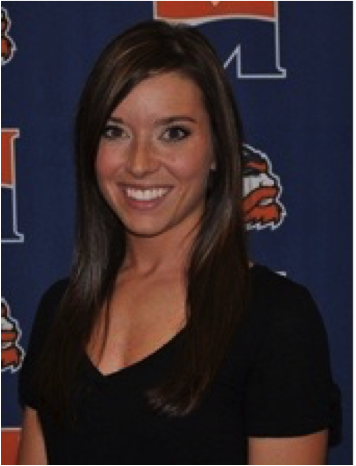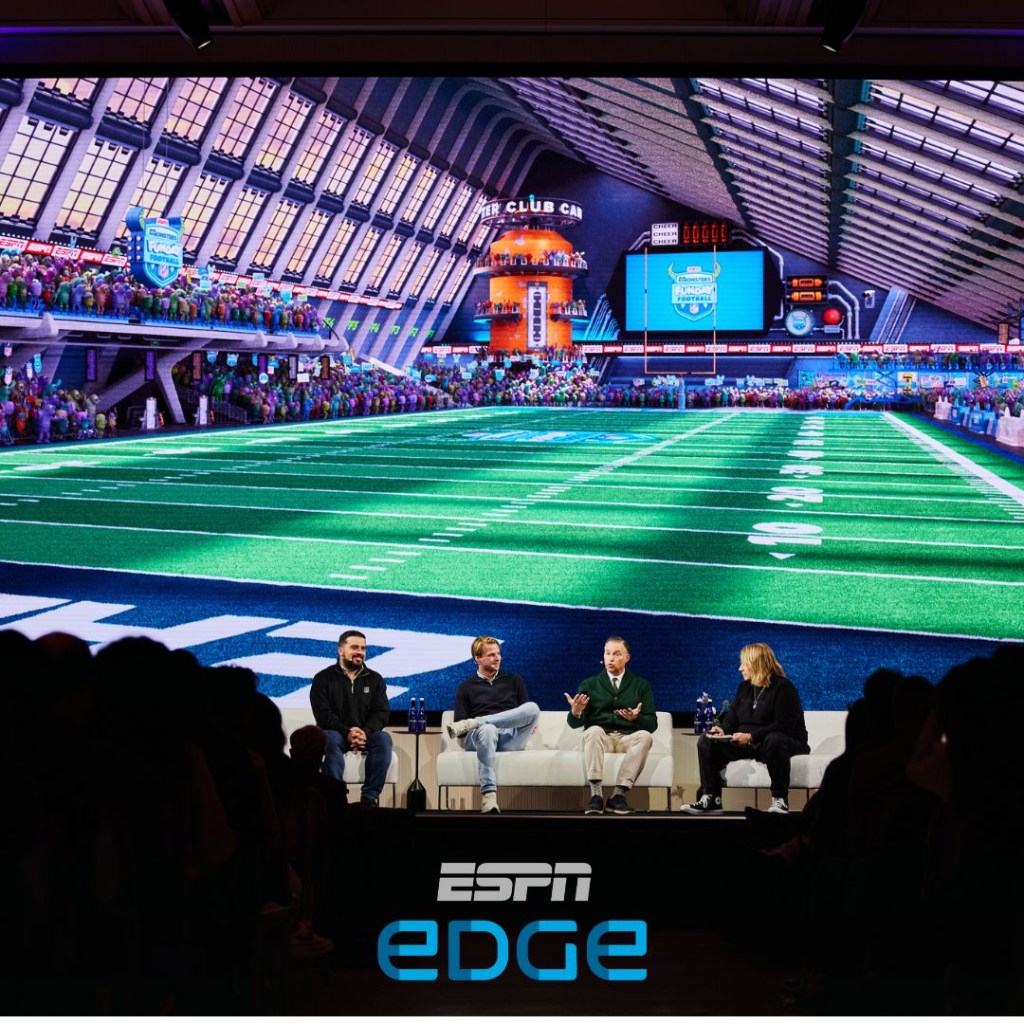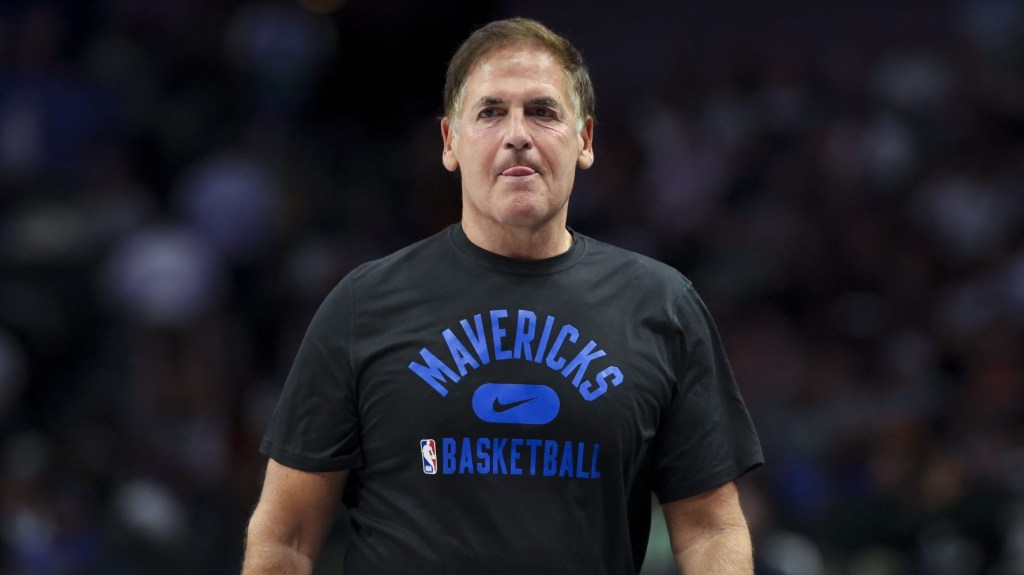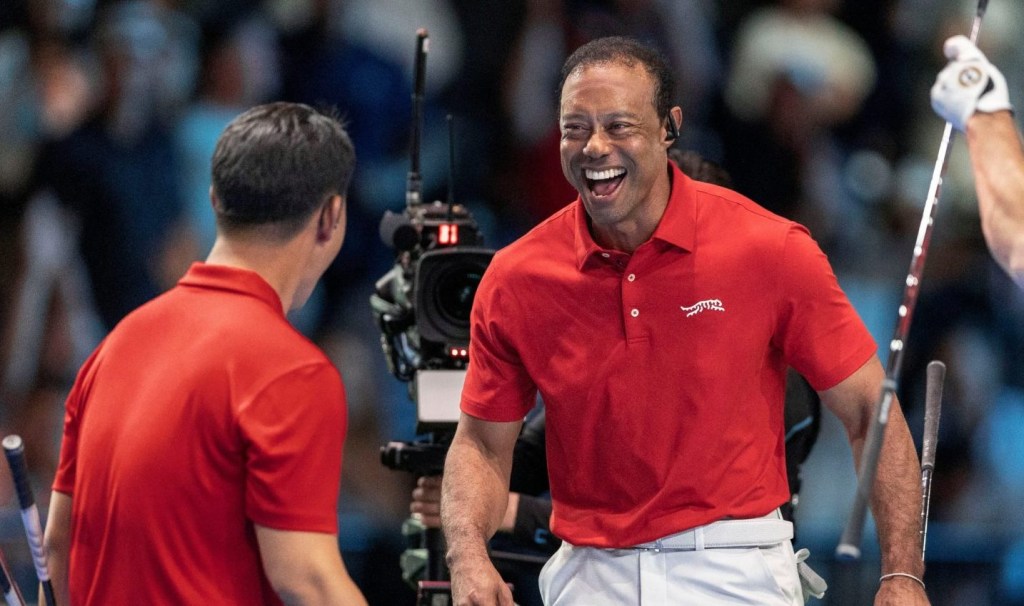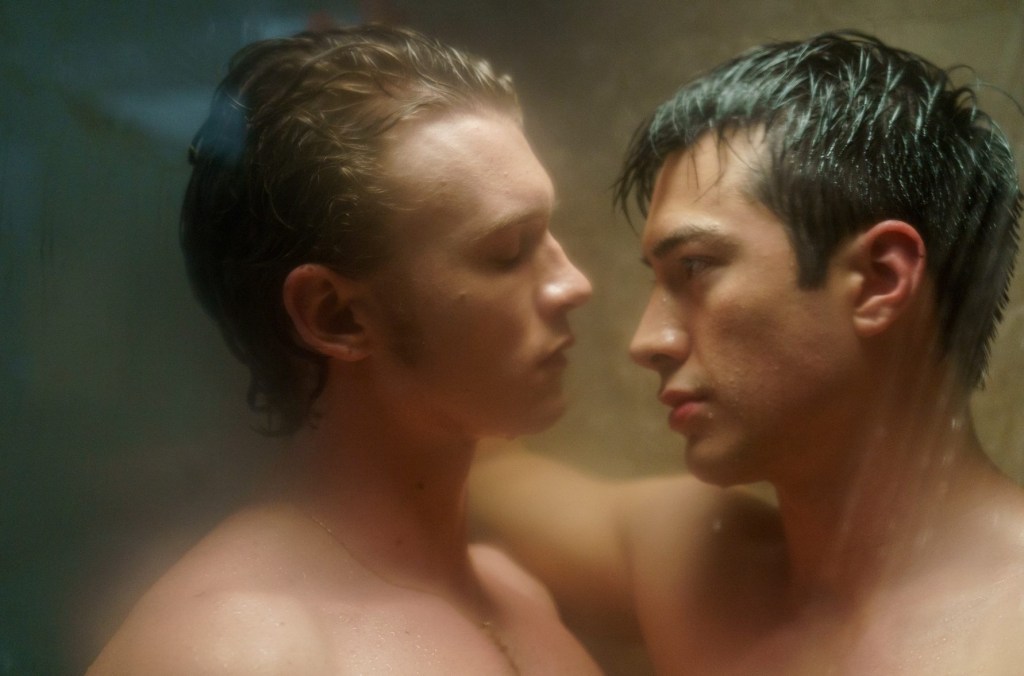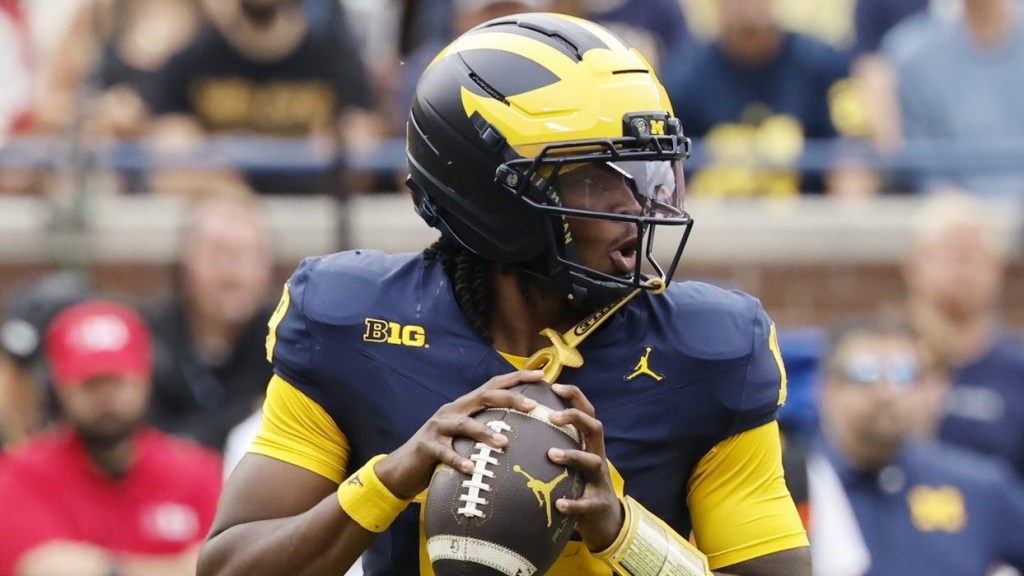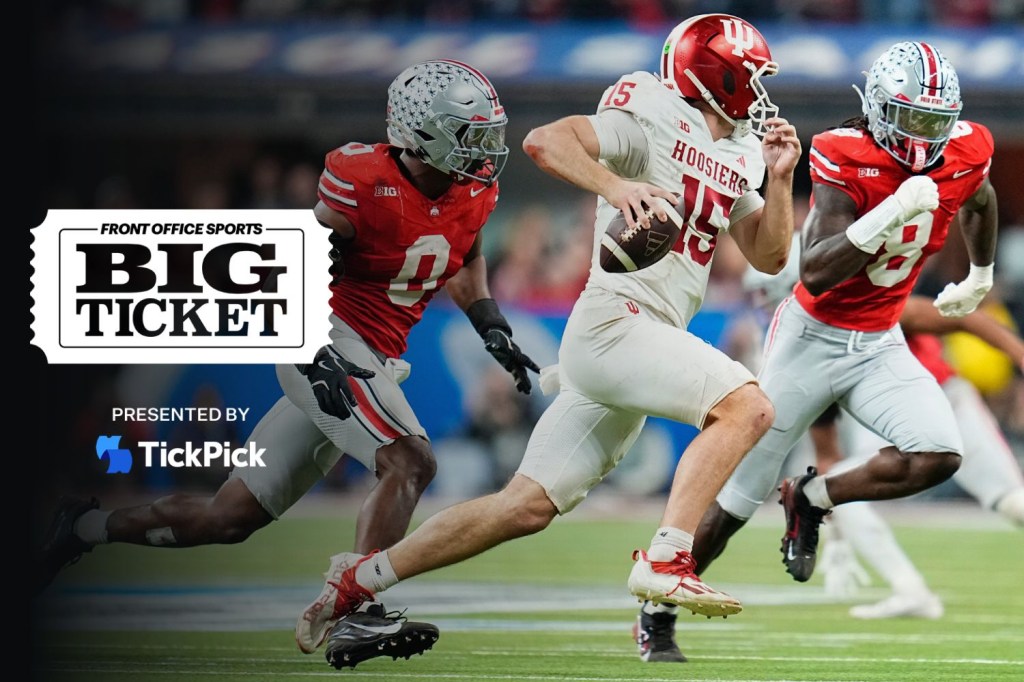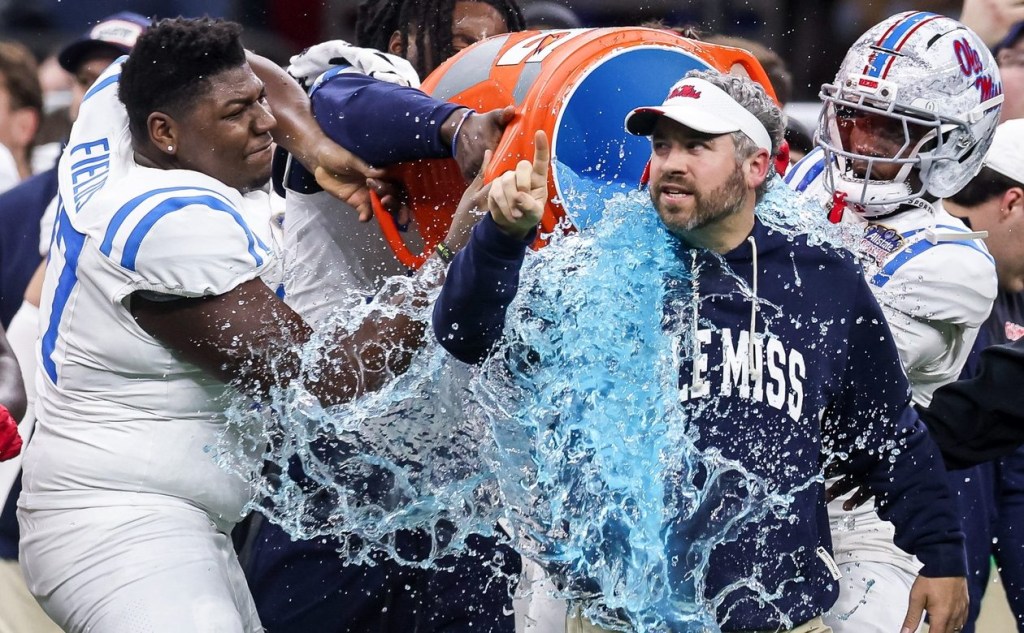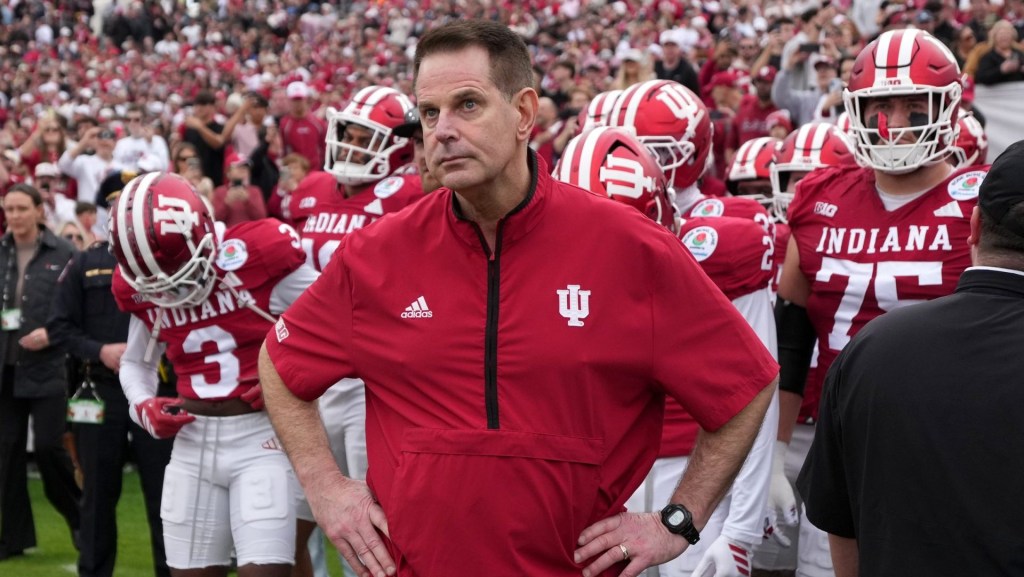By: Tyler Endebrock, @tjendebrock

On April 16, 2016, the National Association of Intercollegiate Athletics (NAIA) announced that for the first time in 22 years, two sports gained national championship status. Competitive Cheer and Dance became the 24th and 25th NAIA national championship sports and Front Office Sports is pleased to have sat down with Trish Ryan, an NAIA Competitive Cheer and Dance Coaches Executive Committee member, who was at the forefront of making this movement succeed.
In addition to acting as an Executive Committee member, Trish is currently the Director of Dance at Midland University in Fremont, Nebraska, where her team has won multiple national championships in the past few years. She is also the Great Plains Athletic Conference (GPAC) Competitive Cheer and Dance Head Coach, as well as a member of the NAIA National Task Force Committee that wrote the new rulebooks for the sports. Trish started from the beginning by telling us how the two sports came to be recognized as national championship sports.
“The NAIA saw an opportunity to recognize competing student-athletes in cheer and dance. The NAIA began 5–6 years ago with a bid process by asking any company if they would like to host the championships with an official NAIA division. NDA [the National Dance Alliance, a Varsity Brands Company] became the first external entity to host a NAIA division. Cheer and Dance had to start slow in the ‘emerging sport’ category within the NAIA, by adding a qualifying process in February, with a national championship event held in April. However, after two years into the NAIA/NDA relationship, the qualifying process that the NAIA aimed for and the qualifying process that NDA has done for years did not match up due to timelines. In the summer of 2013, we [the competitive cheer and dance coaches association in the NAIA] began looking into the processes of making our own rulebook with our own competitions. Because we wanted our teams to have a qualification process for nationals similar to other sports, this meant we had to break away from the NDA National Championship. NDA hosts as a pay-to-go process versus a system where only the top teams qualify.”
Trish then began speaking with other coaches and members of the NAIA to determine what was needed to make cheer and dance official sports. This is when she joined the NAIA National Task Force Committee to begin drafting the new rulebooks. “It was a long, tedious process that involved everything getting approved by the NAIA National Administrative Council, NAIA athletic directors and NAIA National Office Committees.” From official rules to academic requirements to scholarship limits, Trish had a hand in it all.
In the following year, Trish was asked to join the NAIA Competitive Cheer and Dance Coaches Executive Committee. Trish, as a representative of Midland University, put in a bid to host the 2015 NAIA National Invitational Championships in Competitive Cheer and Dance’s first year as official “invitational sport.”
Once all the technicalities and rules were followed to take cheer and dance from emerging sport to invitational sport, Competitive Cheer and Dance were named as national championship sports in 2016. Over 1,500 student-athletes from 67 institutions claim varsity status in these sports, with that number expected to continue to grow over the next few years. However, Trish says there are always going to be proponents against this movement from athletes from traditional sports, as well as dancers who believe dance is only an art form.
“This is another opportunity for these student-athletes who are putting in a large amount of time and athleticism to do something they love. The process of making it so it is scored objectively, instead of subjectively, has been a huge part of our rule process. When you are looking at results from the NAIA versus another dance competitions, you will see we have taken out a lot of subjectivity such as the facial expressions, costuming and spiriting that do not have anything to do with the overall athleticism of the event. There are many proponents against dance becoming a sport, as many do not believe it is athletic. I always tell people ‘I may not understand your sport, but I respect it. I may not understand everything in basketball, I do not understand everything in swimming, but I respect the athleticism it takes to get where you are at and to win and be successful in it.’”
“I believe there is a negative stereotype surrounding cheer and dance. We need to own the fact that there is a costuming component to dance and cheer, but for me as a competitive coach, it’s all about the athleticism and not the looks. If the athlete is good, and they do not fit the stereotypical dancer profile, then we celebrate that student’s athleticism rather than judging what the dancer looks like. Outside of college in the ‘professional’ dance team world, there is really only dancing for professional sports teams and the audition process is strongly based on overall appearance. Allowing dance and cheer to become competitive sports will hopefully put a halt to the stereotypes of competitive dancers and cheerleaders as just something to look at. They are athletes and should be treated as such.”
Trish says the next step in the process is to look into Title IX implications. She says each institution will have their own ways of handling it, like each current athletics program, but Competitive Cheer and Dance are classified as co-ed sports at Midland. As of now, there will be no Title IX implications for Midland University. Trish does have an allotment of scholarship money for her student-athletes, male and female, which opens up a new way for students to go to college based on their athleticism and talent. She says a lot of consideration goes into these scholarships, such as academics, talent, character, etc., and it is not much different from the traditional college sports when it is broken down, which is why this movement was necessary.
Trish then took us through a regular year of a student-athlete at Midland University.
“For this fall, competitive dancers had their regular classes during the week, while most of them juggle two to three jobs during that time. We recommend that they take 15 credit hours for classes, so they are on track to finish school in four years and also to have a ‘safety net’ within the limits for academic eligibility. In the offseason, we practice three times a week with additional weight-training and a ballet class. During the competitive season at the start of November, we keep the weight-training and ballet class, but up the practices to five to six times per week. The training for dancers is a little opposite in intensities in comparison to sports such as football or basketball because we have about a ‘two minute sprint’ for our dances. We have longer practices to work out the small kinks in the performances to get ready for those two minute sprints, while football and basketball may have very intense practices that do not necessarily last as long as ours.”
A regular season in NAIA requires that the dance team has at least three competitions where they either compete head-to-head with another school or they have a more traditional competition, where multiple teams compete with one winner announced. To get to nationals, a team must complete a regular season, then head to a national qualifying round. Some conferences, such as the GPAC that Midland is a part of, have conference rounds, which take place before national qualifying. Four conferences in the nation recognize this round as a competitive round, with that number expected to grow soon. Once the teams reach the qualifying round, they compete twice, and then a percentage of each score is taken into account for the school’s final score. There are four qualifying competitions and the top scoring team from each of these competitions gets an automatic bid to nationals, with eight at-large bids given out to other competing schools. A total of twelve teams, for a total of 24 teams, will compete at nationals in both cheer and dance.
Most dance team competitions have multiple divisions for multiple styles of dance. However, NAIA has devised a competition where only one team is named the national champion and they compete with one “team routine.” The team routine is one routine composed of three styles of dance. Each routine must hit a certain amount of requirements in order to be judged correctly on NAIA’s objective scoring sheet.
Trish shared her thoughts on if she thinks cheer and dance will ever be made official sports by the NCAA.
“For most universities, dance and cheer is not recognized as anything but a sideline team. If the teams win, the university may recognize it. But if they lose, then I’ve heard that some athletic departments act as if it is a burden on the university to allow the dance team and cheer team members to miss games and classes. If we ever see a movement at the NCAA level, I think it has to come from the coaches. The NAIA was so open giving us a voice and allowing us to show them why dance and cheer are sports and I am not sure the NCAA will do the same unless a large amount of coaches get on board to show them. There is just not as much emphasis on the competitive side. I do believe Title IX is also a huge factor.”
Finally, Trish thinks that the opportunities that the NAIA gave to her and her student-athletes will open new opportunities for people at the university level, and in the private sector level.
“I think there is a business out there for people looking for new opportunities in recruiting agencies at schools, scholarship programs, new dance team programs at universities and even dance and cheer athletic trainers who need to understand the specific needs of these athletes. The education for athletic trainers in these sports is definitely a growing opportunity, so this could open doors for people looking to have a niche in athletic training. Also, football players and basketball players have stats and videos compiled by recruiting agencies to help schools see who they are recruiting. Although it is a small market right now, we are seeing new companies start to implement business plans like that. There will be more job openings for head and assistant dance team coaches, as well as choreographers for the teams.”
We would like to thank Trish for her time. You may follow her on Twitter here. Connect with Trish on LinkedIn here.
This interview is another edition of “Winning Edge Wednesday” in congruence with our partnership with the Winning Edge Leadership Academy. Every Wednesday we will be featuring the story of a woman or minority working in the sports business industry.If you know of a professional you would like featured, drop us a line at russ@frontofficesports.org.

